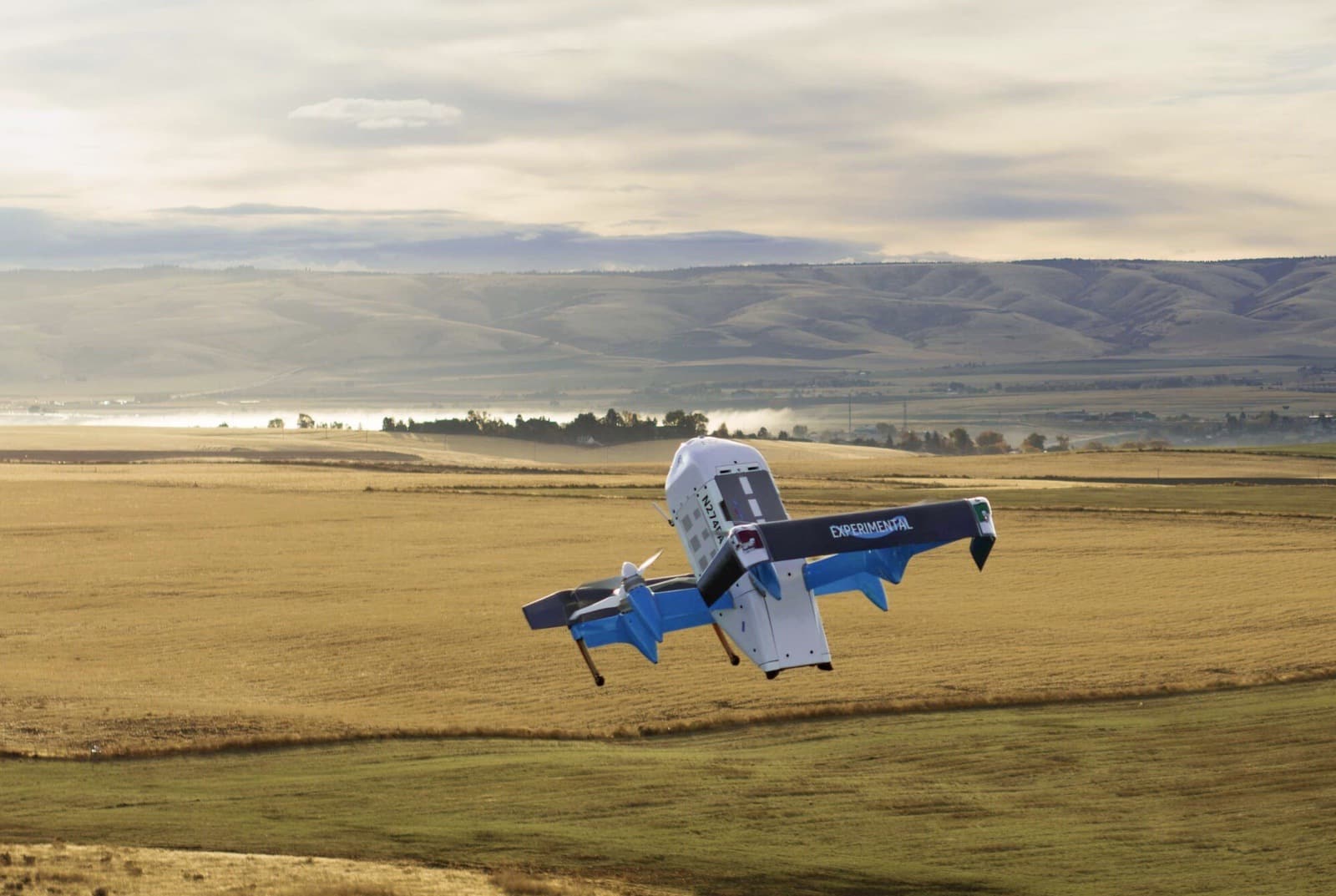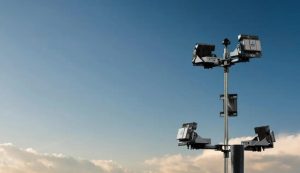Amazon Restarts Drone Deliveries After Two-Month Hiatus Due to Sensor Issues
Amazon has officially resumed its Prime Air drone delivery service in both Tolleson, Arizona, and College Station, Texas, after a two-month suspension. This pause was prompted by concerns regarding the drones’ altitude sensors, which led to a risk of inaccurate positioning relative to the ground.
Last week, Amazon confirmed that operations had recommenced following a crucial software update aimed at rectifying the sensor anomaly and receiving clearance from the Federal Aviation Administration (FAA).
Reasons for the Temporary Suspension
The temporary halt began in January when Amazon identified an issue with the altitude sensors caused by airborne dust particles. Although the company stated that they had not encountered any actual safety incidents, they opted to halt operations as a precautionary measure to ensure system reliability.
“Safety is our priority at Prime Air, which is why we paused operations to implement a software update on the MK30 drone,” commented an Amazon representative. “These updates have now been completed and received FAA approval, allowing us to resume deliveries.”
Strong Demand for Drone Deliveries
Upon restarting its services, Amazon reported a surge in demand for drone deliveries. David Carbon, head of Amazon’s drone program, shared on LinkedIn that the company successfully delivered a bottle of ZzzQuil sleep aid to a customer in Arizona within just “31 minutes and 30 seconds,” although details on the flight distance were not specified.
Technical Challenges and Incidents
Prior to the suspension, Amazon’s MK30 drone faced crashes during test flights at its Pendleton, Oregon facility. Incidents included two drones crashing due to a software malfunction in December 2024 and a mid-air collision caused by pilot error during a propeller failure test earlier that year.
Another crash occurred on February 21, 2025, inflicting significant damage to a drone. This incident was formally recorded in a National Transportation Safety Board report. Amazon emphasized that these testing issues did not influence the decision to suspend customer-facing operations, asserting that such events are a normal part of rigorous testing as they push their drone systems to their limits.
Vision and Future Challenges
Amazon has been developing its drone delivery program for over a decade, inspired by founder Jeff Bezos’ vision of delivering items to customers’ doorsteps within 30 minutes. Despite ambitious goals, progress has been slower than envisioned. Currently, the Prime Air initiative is limited to testing markets in College Station and Tolleson, following the closure of a test site in Lockeford, California, last April.
The program also encountered challenges, including layoffs in 2023 as part of cost-reduction initiatives by CEO Andy Jassy.
Aspirations for Expansion
Nevertheless, Amazon’s ambitions for drone delivery remain high, targeting to deliver 500 million packages annually by the decade’s end. Recently, the company achieved a significant regulatory milestone that could accelerate its expansion efforts, with international growth, particularly in the UK, being a potential focus.
Technological Advances
The company has introduced an updated MK30 drone model, designed to combat past limitations. This new version operates at quieter sound levels than its predecessors and is capable of flying in light rain.
In response to community feedback in College Station, where residents expressed concerns about drone noise, Amazon plans to relocate its drone hub away from residential zones later this year.
Conclusion
The resumption of Amazon’s drone delivery services signifies a pivotal moment for the commercial drone industry. The two-month interruption underscores the technical challenges facing these operations, while Amazon’s focus on safety details reflects an evolving approach necessary for broader regulatory acceptance and public trust.
The reported surge in demand indicates strong consumer interest, yet scalability questions linger. Amazon’s ambitious target of 500 million drone deliveries annually by 2030 will necessitate substantial growth beyond its current test markets and the resolution of ongoing technical and regulatory challenges.
As the industry leader equipped to tackle these hurdles, Amazon’s advancements will likely shape the future landscape of commercial drone delivery.













